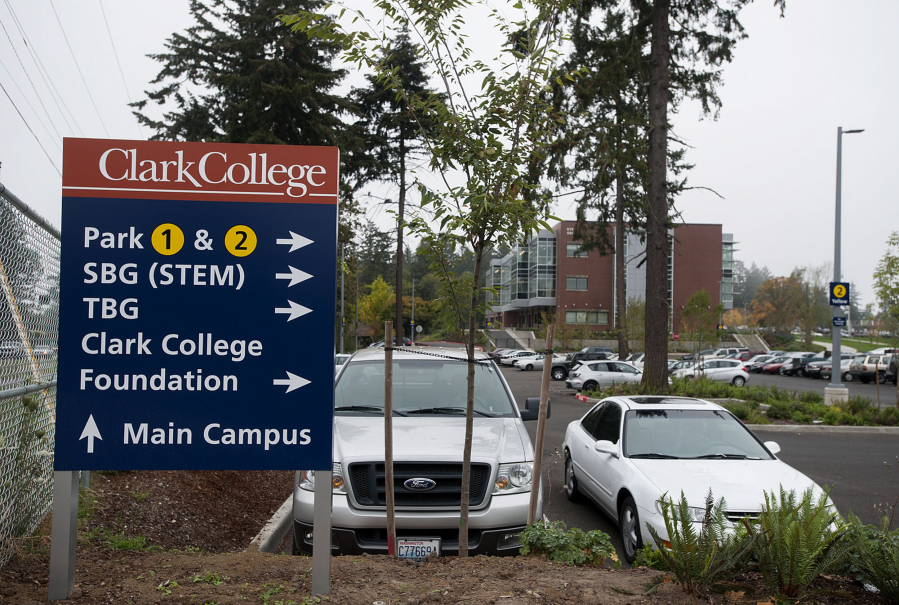Local Angle
Clark College signaled earlier this year that it was in the midst of an enrollment crisis, but things have steadied at the local community college.
College spokesman Chato Hazelbaker said enrollment was 11,186 this fall, compared with 11,274 in fall 2015 — a drop of 88 students or about three-quarters of a percent.
In 2008, at the beginning of the Great Recession, however, enrollment was much higher, Hazelbaker said. At the time, 12,120 students were enrolled at Clark College — meaning there’s been a decline of about 7.7 percent from 2008 to now.
“What this year signifies for us as a campus is really seeing a little bit of a recovery in the market and also some changes that we created in terms of some positive effects,” Hazelbaker said, listing the addition of enrollment labs for prospective students and growing programs.
The school’s budget, meanwhile, has increased in the past five years. From 2009 to 2010, the school’s budget was $57,316,256. Tuition accounted for $24 million, while the state portion was $30 million, Hazelbaker said.
This year the school’s budget was $65,033,438. Of that, tuition accounted for $28 million and the state’s portion was $31 million. The rest of the budget is made up of student fees and other revenue sources, Hazelbaker said. That means students’ share has increased disproportionately to state dollars in recent years.
“From our perspective, this really shows the shift over the last 8 to 10 years from the state — taxpayers — picking up most of the cost of education to the students themselves picking up a greater cost of their education,” Hazelbaker said.
— Katie Gillespie


